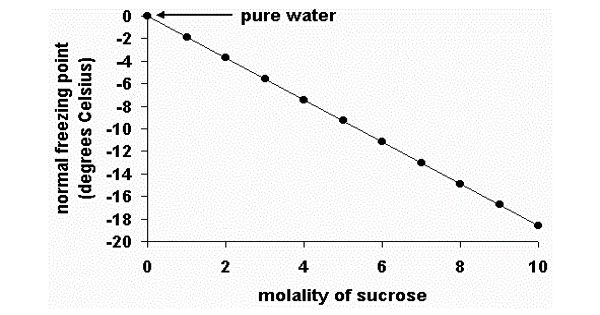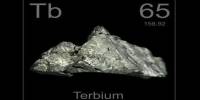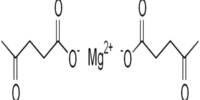γ-Aminobutyric acid (gamma-aminobutyric acid) /ˈɡæmə əˈmiːnoʊbjuːˈtɪrɪk ˈæsɪd/, or GABA /ˈɡæbə/, is a naturally occurring neurotransmitter with central nervous system (CNS) inhibitory activity. It controls neuronal excitability across the entire nervous system. In people, GABA is also directly in charge of controlling muscle tone.
Gamma-aminobutyric acid (GABA), which is produced in the brain when glutamate, the primary excitatory neurotransmitter, is converted, regulates neuronal excitability by interacting with its receptors, GABA-A and GABA-B, leading to ion channel opening, hyperpolarization, and ultimately inhibition of neurotransmission.
In several nations, GABA is offered as a dietary supplement. The word “amino acid,” when used without a qualifier, traditionally refers to the alpha amino acids, which GABA is not and is never included in a protein. Despite the fact that GABA is an amino acid chemically, it is rarely referred to as such in the scientific or medical community.
Although it has long been believed that exogenous GABA (i.e., GABA taken as a supplement) doesn’t penetrate the blood-brain barrier, more recent study indicates that the idea is uncertain and needs to be further investigated. Humans with spastic diplegia experience hypertonia of the muscles signaled by the nerves that can no longer absorb GABA due to nerve damage from the condition’s upper motor neuron lesion.

A gamma-amino acid called gamma-aminobutyric acid is a butanoic acid with an amino group at position C-4. The carboxylate form of GABA is γ-aminobutyrate. Two general classes of GABA receptor are known:
- GABAA in which the receptor is part of a ligand-gated ion channel complex
- GABAB metabotropic receptors, which are G protein-coupled receptors that open or close ion channels via intermediaries (G proteins)
γ-Aminobutyric acid (gamma-aminobutyric acid) was first synthesized in 1883, and was first known only as a plant and microbe metabolic product. GABA, however, was found to be a crucial component of the mammalian central nervous system in 1950. The synthesis of γ-aminobutyric acid mainly includes the following: the first is the use of potassium Phthaloyl imine and γ- Chloroprene cyanogen or butyrolactone is used as the raw material of GABA.
γ-Aminobutyric acid is a white flake or needle-like crystal; slightly odorous, deliquescence; easily soluble in water, slightly soluble in hot ethanol, insoluble in cold ethanol, ether and benzene; decomposition point is 202°C; LD50 (rat, abdominal cavity) 5400mg/kg. GABA is found mostly as a zwitterion (i.e. with the carboxyl group deprotonated and the amino group protonated). Its conformation depends on its environment.
The electrostatic interaction between the two functional groups substantially favors a highly folded conformation in the gas phase. GABA binds to particular transmembrane receptors in the plasma membrane of both pre- and postsynaptic neuronal processes in vertebrates to exert its inhibitory effects at inhibitory synapses in the brain.
In insects, GABA has both excitatory and inhibitory effects, mediating the stimulation of certain glands as well as the activation of muscles at synapses between neurons and muscle cells. Some GABAergic neurons, like chandelier cells, can also stimulate their glutamatergic counterparts in mammals. It functions as a neurotransmitter, a human metabolite, a Saccharomyces cerevisiae metabolite, and a signaling molecule.
It is a gamma-amino acid and a monocarboxylic acid. It is functionally related to a butyric acid. It is a conjugate acid of a gamma-aminobutyrate. It is a tautomer of a gamma-aminobutyric acid zwitterion. GABA can also be synthesized from putrescine by diamine oxidase and aldehyde dehydrogenase.
γ-Aminobutyric acid is an important inhibitory neurotransmitter in the central nervous system, which has good water solubility and thermal stability. It has been confirmed that GABA, as a small molecular weight non protein amino acid, has edible safety and can be used in the production of beverages and other foods.
A certain amount of GABA has been demonstrated in studies to enhance the body’s sleep quality and lower blood pressure. The meals include γ-aminobutyric acid (GABA) in quantities that have an immediate suppressive effect on the autonomic nerve activity linked to an elevation in blood pressure. Reacts with isothiocyanates to produce thioureas which have antifungal activity.
















